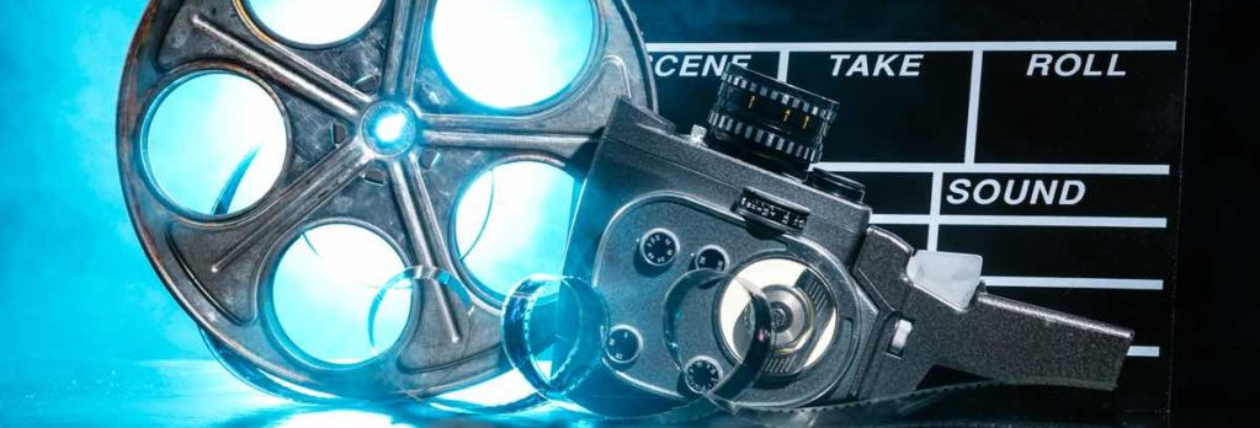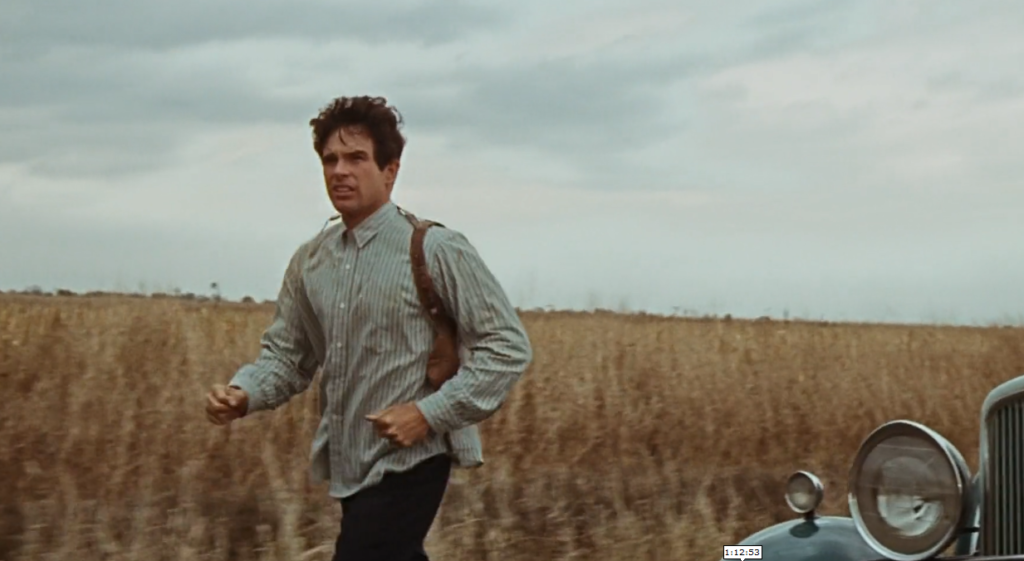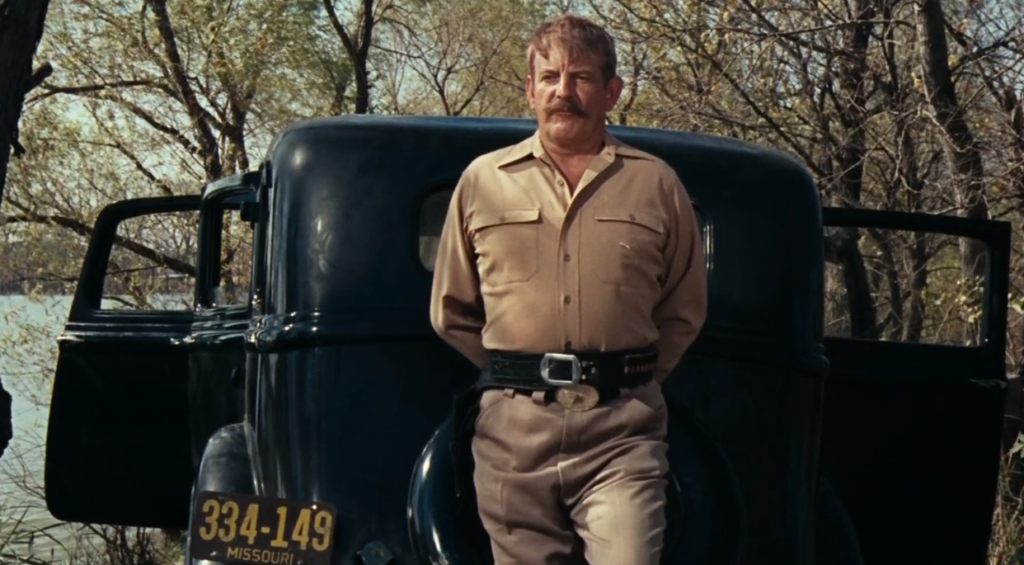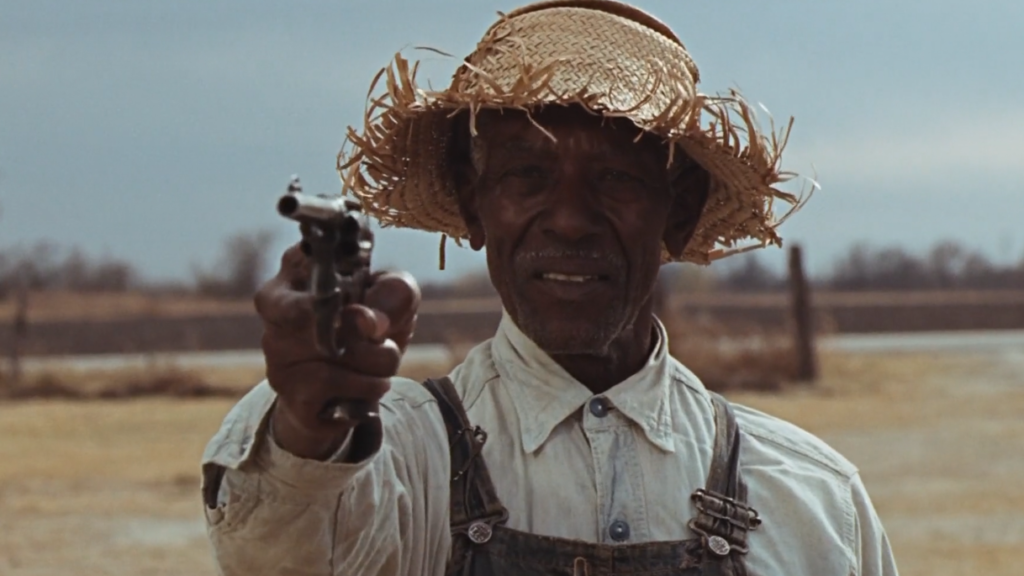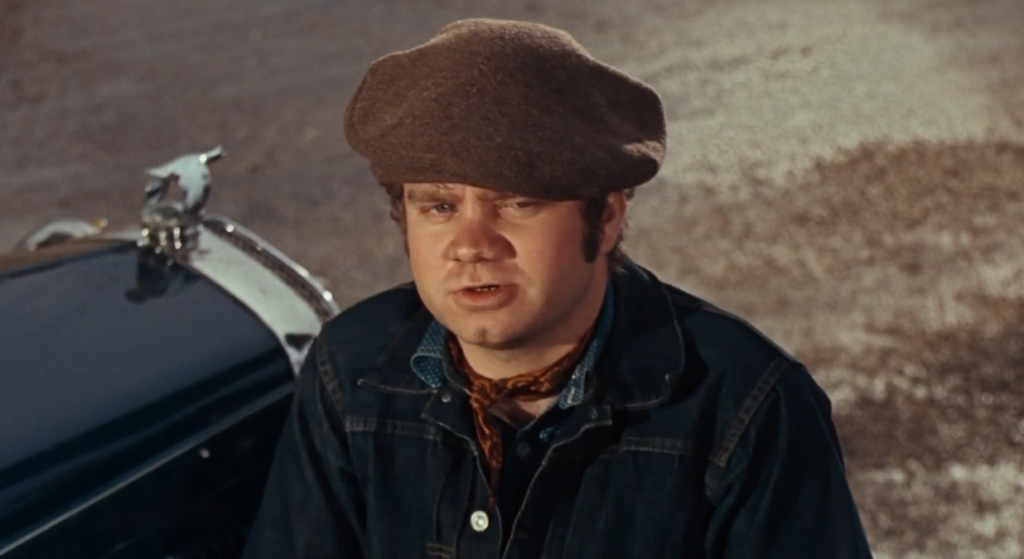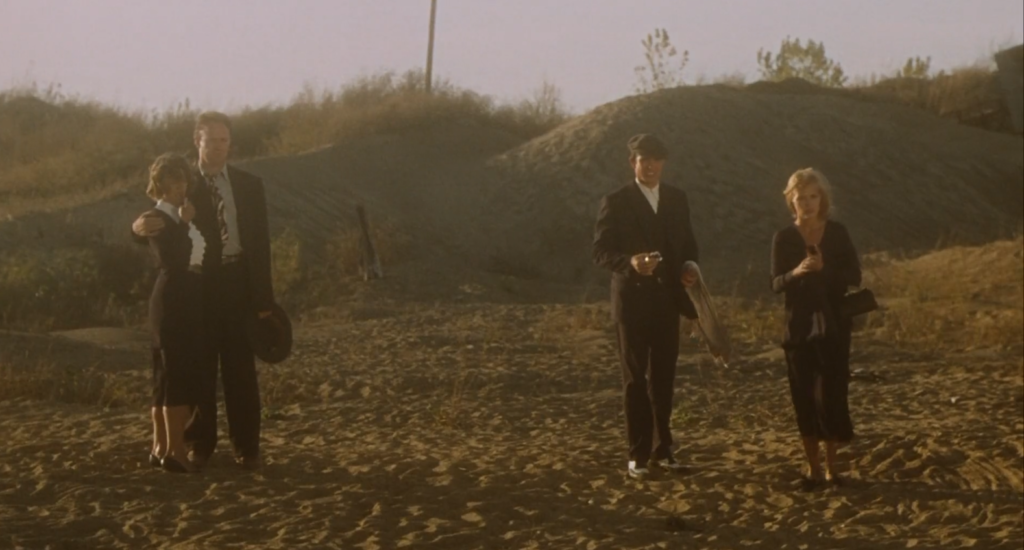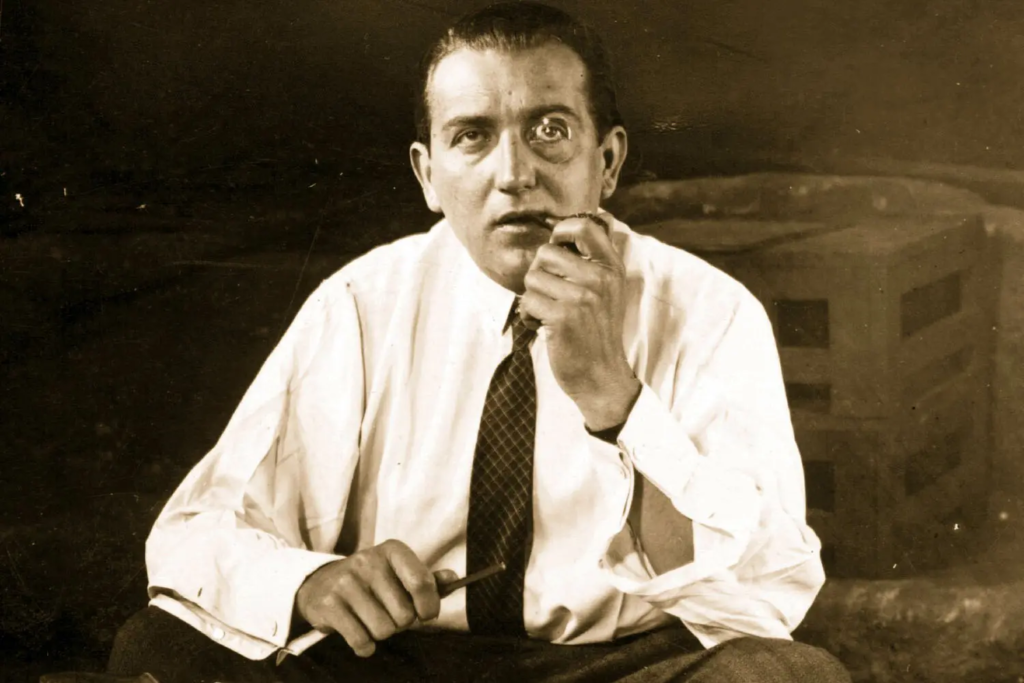Men-
Men in the film are mainly split into two completely different personality traits. Characters like Clyde and his Brother Buck, as well as C.W Moss are all shown as reckless, immature and daring when around each other. We can see this when Clyde robs a shop in front of Bonnie who he just met to impress her. These actions often have consequences as seen when they antagonize the Texas Rangers. The other side of the personality spectrum is men like Frank Hammer who is a cold and serious guy representing the ideal of masculinity at the time.


Woman-
woman in the mostly fall into the trope of being damsels in distress as seen with the character of Blanche Barrow who spends a majority of the movie screaming and crying in most situations. She often tries to be the voice of reasons and disagrees with the gang in most situations. On the other hand we have Bonnie who embraces the lifestyle the crew lives and has moments of being just as insane as Clyde is. However she does show some regret throughout the movie about wanting to leave and be with her mother again.


People of Colour
People of Colour in the film are presented as equal despite the racial tension going on at the time. We see this when Clyde shakes hands with the farmers and lets him shoot the government owned buildings.
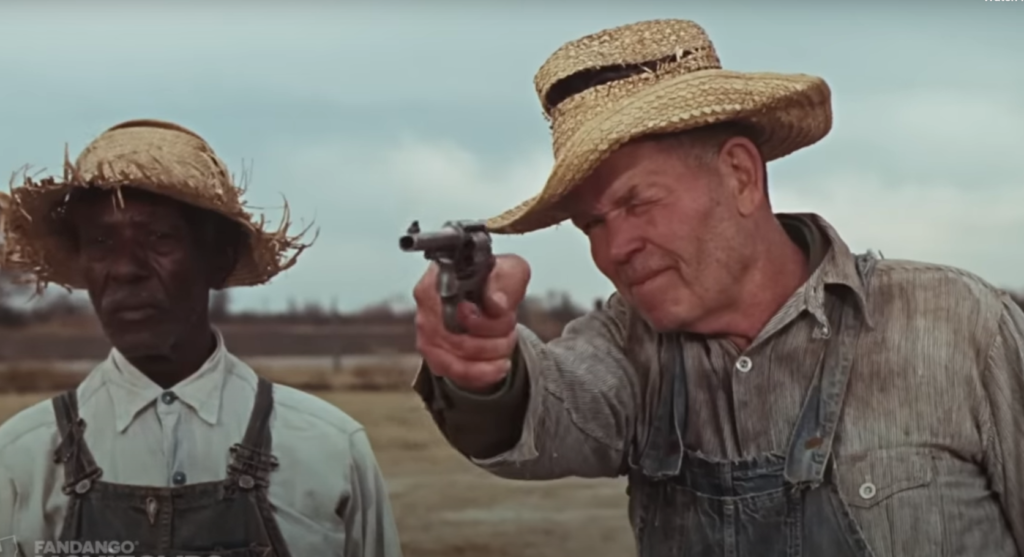
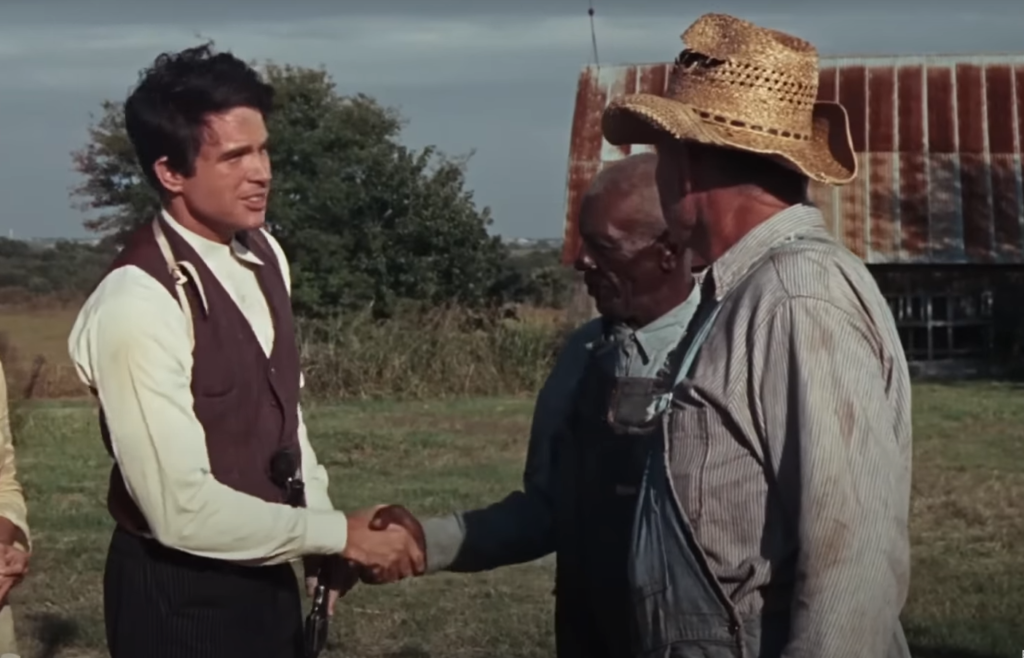
Authority Figures
The police in the film play an antagonistic role due to the unlawful nature of the protagonists. They spend a majority of the movie hunting down the protagonists and end up killing them. We continue to see their persistence throughout the film as more and more frequently during the film police shootouts occur and they also bring in an armored car to take them out.


